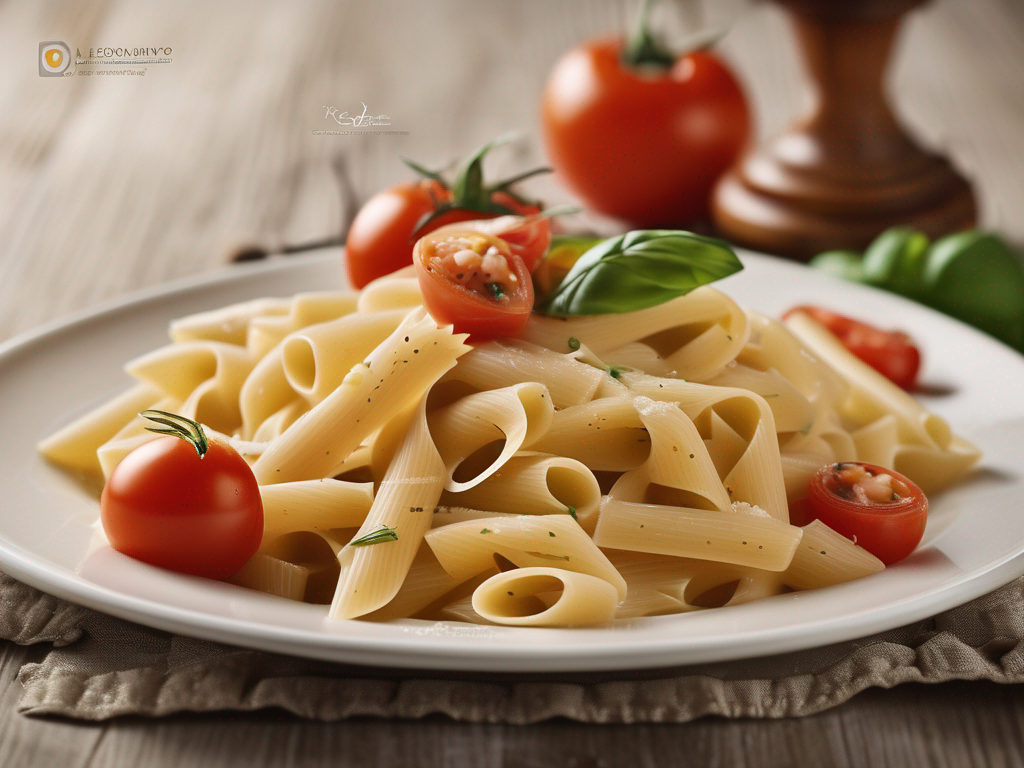
The Best Way to Store Fresh Pasta for Maximum Shelf Life
Get Your Free Food Safety Cheat Sheet
30 most common foods with instant answers. Print it and stick it on your fridge—completely free!
The Best Way to Store Fresh Pasta for Maximum Shelf Life
Do you love indulging in a delicious bowl of pasta but find yourself with leftovers that you want to store for later? Properly storing fresh pasta is essential to maintain its quality, flavor, and texture. In this guide, we will explore the best practices for storing fresh pasta to ensure it stays fresh for as long as possible. (Pasta)
Understanding Fresh Pasta Shelf Life
Before diving into storage methods, it's essential to understand the shelf life of fresh pasta. Freshly made pasta typically has a shorter shelf life compared to dried pasta. Fresh pasta can last around 1-2 days in the refrigerator and up to 2-3 months in the freezer if stored correctly.
Storing Fresh Pasta in the Refrigerator
When storing fresh pasta in the refrigerator, follow these steps to maximize its shelf life:
Steps for Refrigerator Storage:
- Wrap Properly: Place the fresh pasta in an airtight container or resealable plastic bag.
- Label and Date: Remember to label the container with the date you stored the pasta to keep track of its freshness.
- Optimal Temperature: Store the fresh pasta in the coldest part of your refrigerator, usually the back of the bottom shelf.
Refrigerator Storage Tips:
- Avoid Moisture: Ensure the pasta is completely dry before storing it to prevent mold growth.
- Avoid Overcrowding: Do not stack or overcrowd the pasta to maintain its shape and prevent sticking.
- Use Quickly: Fresh pasta is best consumed within 1-2 days for optimal taste and texture.
Freezing Fresh Pasta for Extended Shelf Life
If you want to extend the shelf life of fresh pasta, freezing is a great option. Follow these steps to freeze fresh pasta properly:
Steps for Freezer Storage:
- Pre-Freeze: Arrange the fresh pasta in a single layer on a baking sheet and place it in the freezer for 1-2 hours to pre-freeze.
- Transfer to Freezer Bags: Once pre-frozen, transfer the pasta to freezer-safe bags, remove excess air, and seal tightly.
- Label and Date: Label the bags with the date and type of pasta for easy identification.
Freezer Storage Tips:
- Use Freezer Bags: Freezer bags are ideal for storing fresh pasta as they prevent freezer burn and maintain freshness.
- Thawing: Thaw frozen pasta in the refrigerator overnight for best results.
- Cook from Frozen: You can also cook frozen pasta directly in boiling water without thawing.
Safety Precautions and Best Practices
When storing fresh pasta, it's crucial to follow these safety precautions and best practices to ensure food safety:
- Check for Spoilage: Always inspect the pasta before consuming it. Discard any pasta that shows signs of spoilage, such as an off smell or appearance.
- Proper Sealing: Ensure containers or bags are properly sealed to prevent contamination and freezer burn.
- Temperature Control: Maintain proper refrigerator and freezer temperatures to inhibit bacterial growth and preserve freshness.
Conclusion
By following the recommended storage methods and safety guidelines, you can enjoy fresh pasta for longer periods without compromising its quality and taste. Whether you choose to refrigerate or freeze your fresh pasta, proper storage techniques are key to maximizing its shelf life. Remember to consume refrigerated pasta within a few days and frozen pasta within a few months for the best culinary experience. Enjoy your pasta dishes knowing that you've stored them safely for future enjoyment! (Pasta)
Authoritative Food Safety References
These agencies and university labs inform every tip and health precaution we publish.
USDA FoodKeeper – Cold Storage Guidelines
Official refrigerator, freezer, and pantry timelines maintained by the U.S. Department of Agriculture.
Visit USDA FoodKeeperFDA Produce Safety Rule & Grower Guidance
Field-to-fridge handling practices that prevent contamination of fruits, vegetables, and leafy greens.
Visit FDA Produce SafetyCDC Foodborne Illness Prevention Hub
Surveillance-backed guidance on pathogens, symptoms, and steps to reduce foodborne illness risk.
Visit CDC Food SafetyUC Davis Postharvest Technology Center
University research detailing optimal storage atmospheres for produce after harvest.
Visit UC Davis PostharvestPenn State Extension – Home Food Preservation & Safety
Peer-reviewed extension bulletins on safe canning, chilling, and reheating practices.
Visit Penn State ExtensionGet Your Free Food Safety Cheat Sheet
30 most common foods with instant answers. Print it and stick it on your fridge—completely free! Want more? Upgrade to the complete guide with 70+ foods.
Scan your food directly and get instant safety info using our AI-powered camera feature.